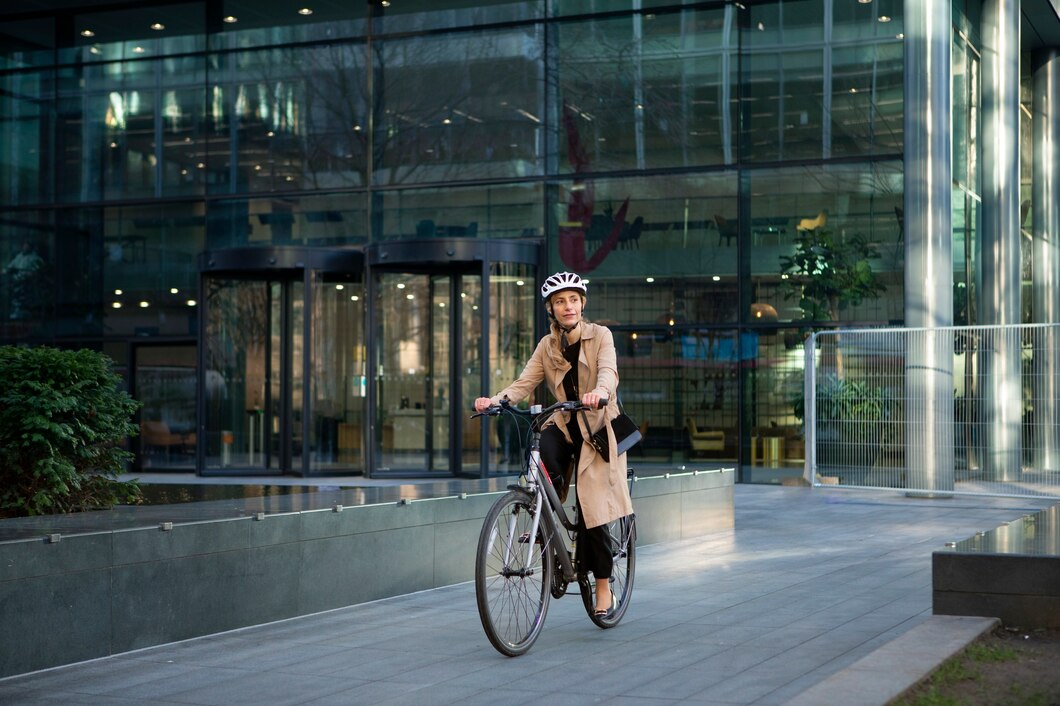The Rise of Compact Transport
Sustainable transportation is not limited to electric cars and public transport. In urban areas, cycling and walking are emerging as key components in reducing the environmental footprint. This low-impact mode of transportation not only contributes to a cleaner environment but also nurtures personal health.
Health and Environmental Benefits
Cycling and walking offer numerous benefits. Regular physical activity can reduce the risk of chronic diseases, improve mental health, and contribute to weight management. Walking to work or taking a bike to run errands integrates exercise into daily routines without requiring extra time, making it an attractive option for busy urban lifestyles.
From an environmental perspective, these forms of transport produce zero emissions. According to a recent study, if 20% of car trips were replaced with bike rides in major metropolitan areas, greenhouse gas emissions could be reduced by the equivalent of taking a million cars off the road each year.
Social and Economic Perks
The benefits extend beyond the individual. Urban areas with high cycling and walking rates report lower air pollution levels and less traffic congestion. Reduced congestion translates to less time wasted in traffic, which indirectly boosts productivity and improves the quality of life.
Expect positive economic impacts, including job creation in the bike manufacturing industry and local businesses benefiting from increased foot traffic. Cities investing in cycling infrastructure often witness a rise in tourism and outdoor activities, further stimulating the economy.
Challenging the Status Quo
Despite the overwhelming benefits, barriers to widespread adoption exist. Safety concerns, inadequate infrastructure, and urban planning that favors cars over biking paths and pedestrian lanes are significant impediments. Advocates suggest comprehensive policy reforms to create a friendlier environment for cyclists and pedestrians.
Public awareness campaigns emphasizing the advantages of cycling and walking could shift societal views. Urban redesign focusing on sustainability might include more bike lanes, wider sidewalks, and parks, creating greener cities and communities.
Conclusion
Mindful mobility provides an accessible avenue toward a more sustainable urban lifestyle. Embracing cycling and walking can reduce our carbon footprint while offering substantial health and social benefits. It's time to rethink our transportation choices for a greener future.




